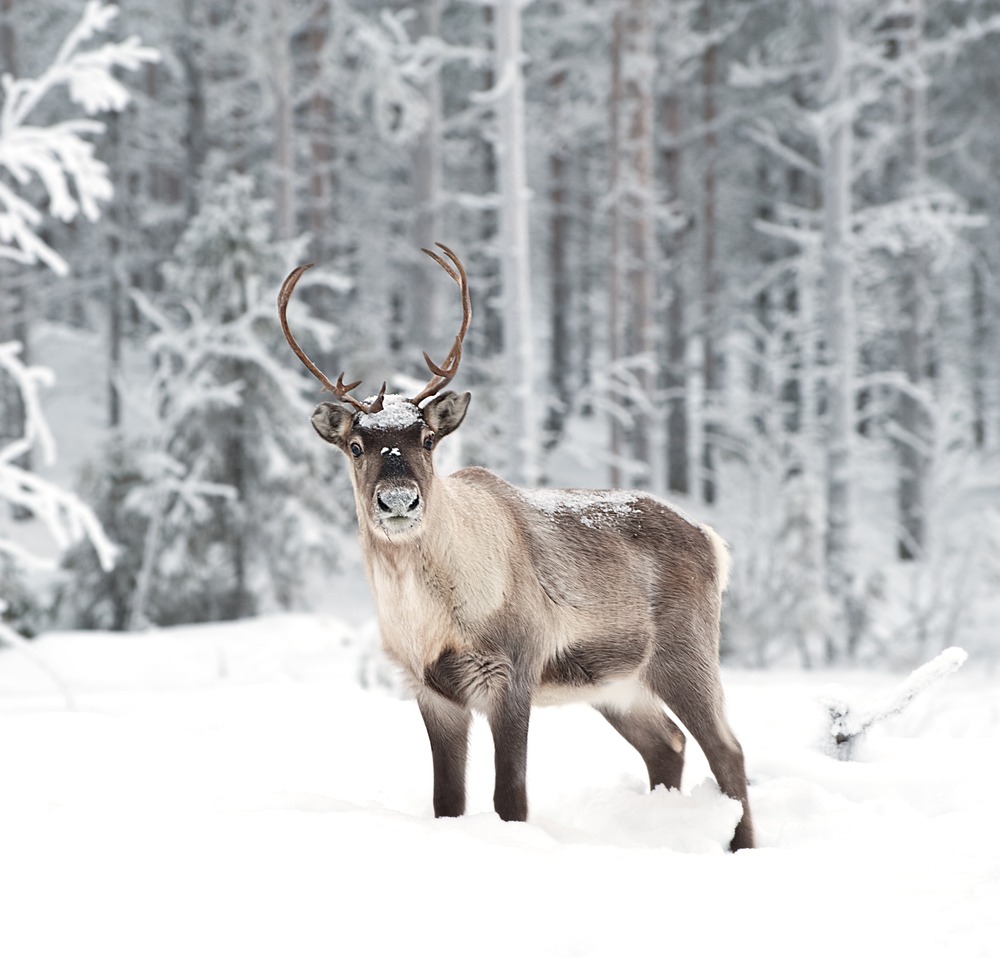Explore the unique evolution of reindeer vision revealed by researchers from Dartmouth College and the University of St. Andrews, shedding light on how their eyesight aids in locating food in harsh landscapes.
Reindeer have long been celebrated for their association with Santa’s sleigh, but groundbreaking research from Dartmouth College and the University of St. Andrews illuminates the remarkable adaptation of their vision for survival beyond the holiday season.
The research delves into the fascinating visual system of reindeer, highlighting their ability to perceive ultraviolet light, a trait not common among most mammals. The study, published in i-Perception, underscores the evolutionary importance of reindeer vision in identifying food sources, particularly the light-colored reindeer moss that sustains them in harsh climates.
Scientists observed the adaptive mechanism of reindeer eyes, specifically the color-changing mirror-like tissue, transitioning from greenish gold in summer to vivid blue in winter, to enhance low-light vision during polar winters. Reindeer’s capability to perceive UV light aids in identifying lichen against snowy backgrounds, streamlining their search for food and conserving energy.
The study’s implications extend beyond evolutionary biology, prompting a deeper understanding of how animals adapt to challenging environments. Reindeer vision’s potential protective mechanisms against UV light damage could offer insights into biomedical research, considering the antioxidant properties of lichens and the presence of vitamin C in reindeer eyes.
The revelation of reindeer vision’s adaptation sheds light on the intricate survival strategies of wildlife and the potential implications for human health studies. Understanding how these animals navigate and locate food in extreme conditions could offer valuable insights into our comprehension of natural adaptations.
The groundbreaking research on reindeer vision illuminates a lesser-known aspect of these iconic creatures, emphasizing the evolutionary significance of their visual adaptation in locating sustenance. This knowledge not only expands our understanding of animal behavior but also presents potential avenues for biomedical exploration.
The insights and scientific data are drawn from The AP, highlighting the collaborative research efforts of Dartmouth College and the University of St. Andrews, as published in i-Perception.



